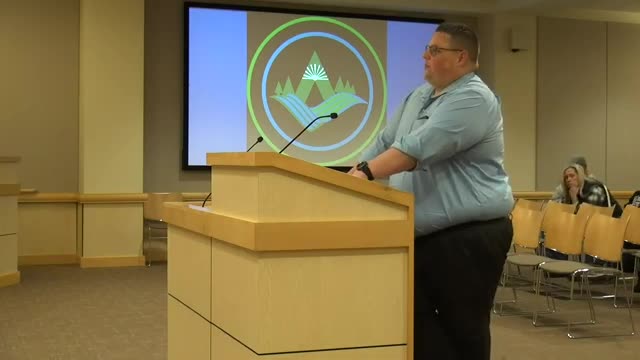School districts tackle CO2 levels to boost student learning
November 13, 2024 | Amador County, California
This article was created by AI summarizing key points discussed. AI makes mistakes, so for full details and context, please refer to the video of the full meeting. Please report any errors so we can fix them. Report an error »

During a recent government meeting, discussions centered around the implementation of carbon dioxide (CO2) sensors in K-12 school districts, highlighting both the financial challenges and the educational implications of air quality management.
A representative from a company servicing small to medium-sized school districts expressed concerns about the financial burden of implementing these systems, noting that many districts lack the funds to invest tens of thousands of dollars into new technology. Despite this, the representative emphasized the importance of supporting these districts, as they form the core client base of their business.
The conversation shifted to the functionality of CO2 sensors, which are designed to monitor air quality in classrooms. The sensors trigger alerts when CO2 levels exceed a specified threshold, which has been linked to decreased student learning capacity. In response to high CO2 levels, the system can automatically open vents to introduce fresh air, or district staff can manually adjust ventilation as needed.
Participants acknowledged that older school buildings may face more significant challenges with air quality due to outdated ventilation systems. The meeting concluded with a commitment to revisit the topic and take action in the next session, underscoring the ongoing efforts to enhance the learning environment through improved air quality management.
A representative from a company servicing small to medium-sized school districts expressed concerns about the financial burden of implementing these systems, noting that many districts lack the funds to invest tens of thousands of dollars into new technology. Despite this, the representative emphasized the importance of supporting these districts, as they form the core client base of their business.
The conversation shifted to the functionality of CO2 sensors, which are designed to monitor air quality in classrooms. The sensors trigger alerts when CO2 levels exceed a specified threshold, which has been linked to decreased student learning capacity. In response to high CO2 levels, the system can automatically open vents to introduce fresh air, or district staff can manually adjust ventilation as needed.
Participants acknowledged that older school buildings may face more significant challenges with air quality due to outdated ventilation systems. The meeting concluded with a commitment to revisit the topic and take action in the next session, underscoring the ongoing efforts to enhance the learning environment through improved air quality management.
View full meeting
This article is based on a recent meeting—watch the full video and explore the complete transcript for deeper insights into the discussion.
View full meeting
